How Do You Stop Condensation on Metal Ductwork?
To prevent mould, fresh air should always be introduced into your dwelling daily, as it helps to regulate temperature and reduce condensation. But what about the ductwork itself? How do you stop condensation on metal ductwork?
In this blog, we will provide an answer as well as key guidance in understanding your ductwork. It is vital to be aware of your ducting system, any compromise that affects the ducting can lead to the ducting growing mould.
If left unattended, mould can create serious health issues, and if ductwork grows mould, it can defeat the purpose of ventilation as well as jeopardise the health of the occupants of the building.
I-Sells is here to provide the answers you need whilst also supplying you with all the information you need to combat mould and have a well-ventilated home.
What is the function of ducting?
The ducting system is a series of interconnected hollow tubes dedicated to the movement of air, ducting pipes can come in different sizes and as previously mentioned, in different shapes, each of which has its benefit.
Ducting pipes can be as long or as short as required by the space it is occupying. Additionally, ducting can be created from different materials, usually metal or PVC, both of which have their pros & cons. Within this blog, we will be focusing on metal ducting.
Ducting is used to facilitate the process of ventilation, ducting systems may vary, but generally are made from plastic or metal & made into the piping which intakes air from the room it is in & expels it outside.
The main purpose of ventilation is to introduce outdoor air into a dwelling, building or room being evenly distributed. Its general purpose is to allow “healthy” air for breathing & diluting pollutants that may be present in the dwelling, building etc.
Ducting can be used to facilitate ventilation in homes, offices, industrial settings and much more, sometimes ducting is used to regulate temperature, and also transports harmful chemicals that shouldn’t be inhaled.
No ducting means more mould
Mould reproduces from tiny spores. The spores float through the air and deposit on the surfaces. Under adequate temperature, moisture, and nutrient conditions, the spores can form new mould colonies.
condensation is not the only cause of mould, it can occur from leaks in the structure of a building too. Ducting and ventilation can help prevent an environment necessary for mould to develop, along with a ventilation routine.
Mould can severely affect your immune and respiratory system, as the spores are easily breathable and not obvious to see through the human eye.
If you have found mould in your home, you need to assess if this is your landlord’s responsibility (for example it could be from a leaking roof that needs repairing). Or if the dampness is caused by improper ventilation. To assess your options, click here.
Metal ductwork explained
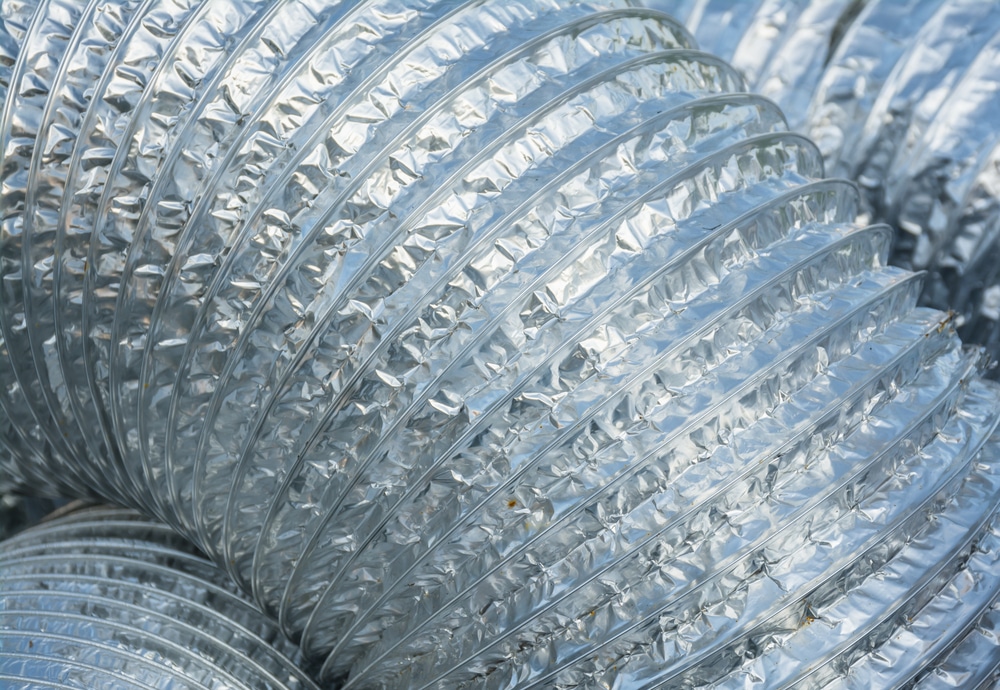
Metal ducting is ideal for ventilation systems set up in hotter environments, an example being a cooker hood. Metal ducting is also a popular choice for spaces and environments with air rich in certain compounds that could be hazardous or damaging to standard choices.
HVAC experts and engineers typically choose to rely on stainless steel for aggressive environments, where corrosion is highly likely.
We provide round ductwork fittings and accessories in a large range of diameters to suit all purposes including HVAC systems and extractor fans. Our metal ductwork is manufactured from high-quality galvanised Aluminium.
The benefits of metal ducting are as follows:
- It can be used in rooms that have appliances that emit a lot of heat
- High-quality galvanised aluminium ensures long-lasting function
- Ideal for industrial environments
- Can be insulated.
Where can I buy metal ducting?
Alongside being a provider of mould solutions such as extractor fans and PIV systems, I-Sells also provide ducting for those looking to buy and install their ducting themselves.
We provide round ductwork fittings and accessories in a large range of diameters to suit all purposes including HVAC systems and extractor fans. Our metal ductwork is manufactured from high-quality galvanised Aluminium.
Are metal ducts better?
Metal ducting is better than plastic in certain situations. Some pros and cons can make metal ducts better.
Metal ducts are generally suited to industrial environments in which hot air, or air may contain chemicals that need to be ventilated. Metal ducting handles these situations with little to no problem. Metal ducting can also be used in homes in areas where heat would be emitted such as a cooker hood.
How do you stop condensation on metal ductwork?
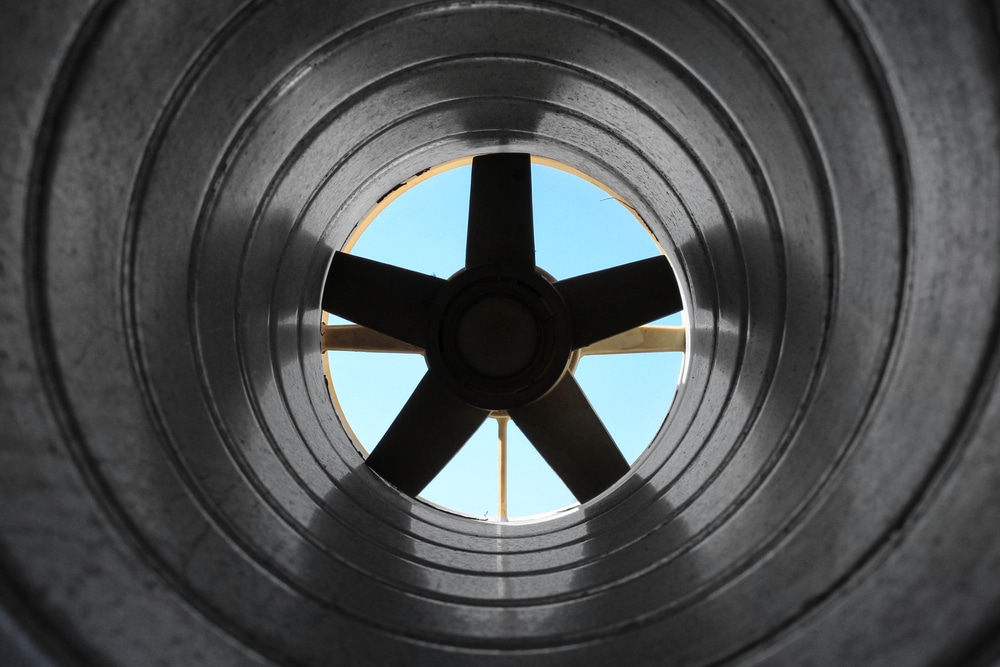
You can stop condensation from occurring on metal ductwork most of the time, however, the only exception to this would be instances of dramatic temperature fluctuations that occur due to freak weather occurrences, a lack of electricity to power the ventilation system or a combination of both.
These occasions are extremely rare. But here are some things you can keep track of, to ensure your ducting does not develop condensation.
- Check your ducting for any leakage, is there wholes? Are they sealed?
- Apply ducting insulation
- Use ducting tape on secure connections to further ensure their efficiency
- Check your ducting for rust, and/or condensation on the outside of the ductwork
Generally, the likelihood of metal ductwork growing mould is very low. However, this can happen if certain circumstances are met. A clean, sealed duct will present an environment where mould can’t grow, this changes with the introduction of dust & humidity.
How can mould get in a duct?
The naturally hot and dry climate within a duct naturally makes it difficult for mould to thrive. But if a duct becomes unsealed, or there is a dramatic change in the duct’s environment that causes humidity, mould can grow within it.
To prevent this possibility, you must make sure your ducting is sealed securely and free from any cracks or holes that compromise its efficiency. You must also make sure the area the ducts are installed is free from free-flowing water or leaks.
What happens to a duct if it grows mould?
If ducting has mould growing within it, it presents a dangerous health hazard as the spores can spread amongst the whole ventilation system and the dwelling it operates in. As a result, you may have to completely replace the venting system/ ductwork depending on the severity.
Where can I buy plastic ductwork?
Our lightweight PVC-coated ductwork is manufactured from high-quality uPVC and is designed to create minimal air resistance, maximum airflow and minimal pressure loss. We provide plastic ducting lengths, connectors, bends, brackets, and accessories such as reducers, attenuators and other fittings.
If you have any questions about our ducting or if it would be appropriate for your project, please don’t hesitate to get in touch with us so we can direct you in the best possible way for all of your ducting needs.
Secure your ducting with I-Sells

We at I-Sells endeavour to make sure our customers have all the information they need before choosing to invest in our mould solutions. Be sure to visit our blog page to gain knowledge on the wide array of factors and issues surrounding ventilation, mould, condensation, and much more.
We hope to have answered the question ‘How do you stop condensation on metal ductwork?’
We understand you may have more questions, Please do not hesitate to contact us for more information with regard to whatever you may need our help with. If you’d like to send us an email, click here. For other contact options, see below:
Call us on 020 8463 9696
Visit us at our showroom:
*OPENING TIMES*
Monday – Friday: 8:00 am to 5:30 pm
Saturday: 9:00 am to 12:00 pm
Sunday: Closed
15 St John’s Parade
Sidcup, Kent
DA14 6ES
United Kingdom


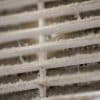
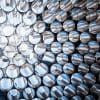
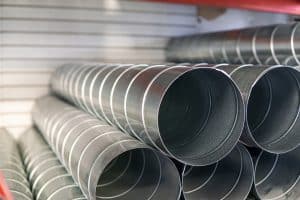
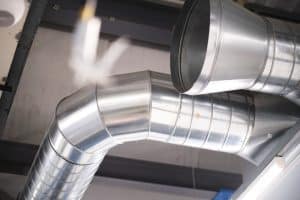

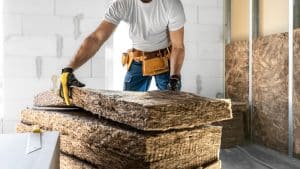
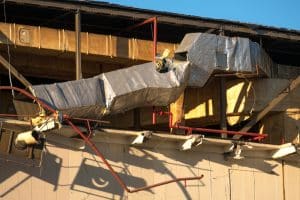


















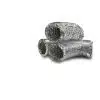

Add comment
You must be logged in to post a comment.